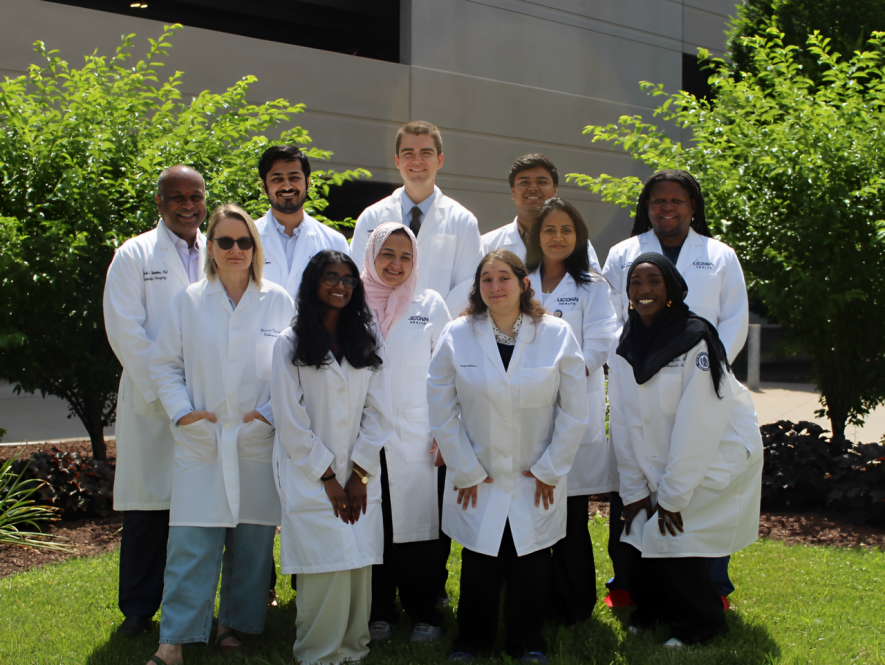For millions of Americans, nerve damage is an unfortunate and often debilitating part of everyday life. Now Dr. Sangamesh Kumbar, Professor of Orthopaedic Surgery at UConn Health’s Department of Orthopaedic Surgery, is looking to revolutionize the way we handle injury treatment and pain management by completely regenerating those damaged nerves.
“I am an engineer,” Kumbar said. “Probably I am the only one here at UConn who is working on peripheral nerve regeneration.”
The peripheral nervous system is composed of 43 nerve pairs that branch off from the central nervous system. And every year, more than half a million Americans suffer from peripheral nerve injuries that require surgical treatments; over 900,000 repair procedures each year accounting for nearly $2 billion in healthcare costs, according to research by Magellan Medical Technology Consultants. Injury to these nerves can result in chronic pain issues, as well as loss of sensation and motor function. And right now a large gap in the broken nerves of more than 4 centimeters presents an even greater challenge to medical engineers.
“Clinically there is nothing available that can repair that large gap defect,” Kumbar said.
In fact, even the best in current medical treatment options for peripheral nerve injuries can be limited in effect. While electrical stimulation is used in three kinds of physical therapy, inside the body doctors are faced with a materials problem.
“Inside the body, it has been a challenge,” Kumbar said. “The metal lead wires come out of the skin, which is not a scenario anyone wants.” And soft plastics are not electrically conductive enough to do the job efficiently; when placed in the body, they lose conductive potential
“What they are trying to do, materials cannot do the job,” Kumbar said. That is where his research comes in.
Kumbar and his team use biological materials derived from crustaceans like shrimp: polysaccharides. In a laboratory, the research team strips these polysaccharide chains of any genetic markers and leaves only the cell structures; a spiral-like structure with a lining of nanofibers to promote cells to grow where they want them to grow. These soft, electrically conductive materials are a way to solve the issues present in current peripheral nerve injury treatments.
Currently Kumbar has seen promising results in rodent testing, he says, but as with any medical technology it will be a lengthy process for approval for human use. But the future is promising, and he sees this technology as a way towards greater holistic treatment of injuries, rapid injury treatment response for frontline personnel, and even a way to revolutionize the way we connect prosthetics and existing neurons in the body.
“In the real world, most injuries are composite injuries,” Kumbar said. “We should look at them collectively.”
Right now the research is seeing significant traction, earning grants from the Department of Defense and funding from the National Institutes of Health. And Kumbar hopes that further study will help solve major issues in the medical field in ways not yet imagined.
“Neural pain is the highest pain next to the mom giving birth to a child,” Kumbar said. “Think about the opioid crisis, for example; it’s created because of neural pain. These issues are majorly hurting the working population and impacting people’s lives. There is nothing out there. Many people are needed out there to harness these technologies in a creative way.”



